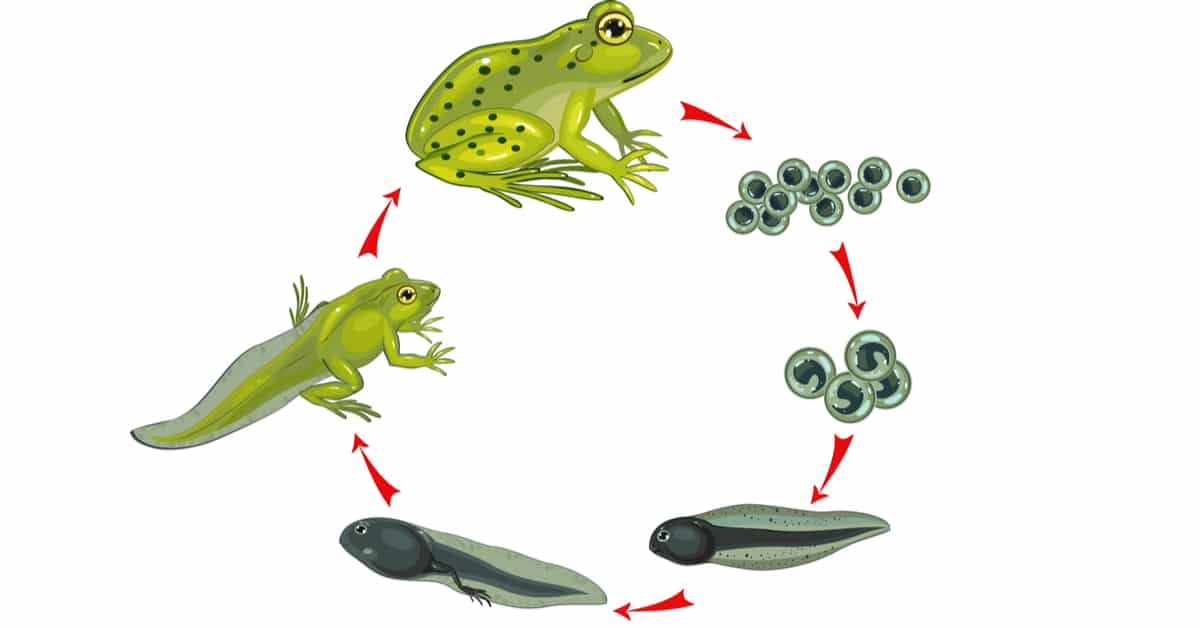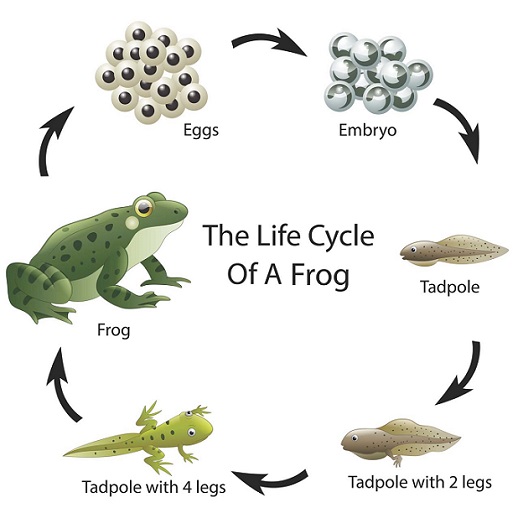

It is found just below the surface of shallow, still water, usually amongst dense vegetation to give the eggs some protection.

The female lays hundreds of eggs to increase the chances that more will survive to adulthood, as they are vulnerable to a number of predators, only around one in 50 eggs make it.įrogspawn appears in ponds in early spring when the weather is just starting to get warmer and the days lighter. Set reproduce transformation process of tadpole vector graphic illustration. The males fertilise the eggs by spraying them with sperm. Aquatic amphibian life cycle black and white engraved style. When mating, a male will attach himself to a female and they will remain attached for up to 24 hours while eggs are laid and fertilised. AT metamorphosis and the transition from a purely aquatic to semitcrrcstrial life, frog tadpoles undergo profound biochemical changes. Overall it includes an aqueous phase and a non aqueous phase of development.Moreover both anatomical and physiological growth are mentioned in diagram.
#Frog metamorphosis full
Freshly laid eggs are small and compact but as soon as they enter the pond they start soaking up water until they swell up to their full size.įrogs will often return to the pond where they born and will repeat this journey year after year. The diagram represents stages involved in the development of life cycle of a frog.There is a complete transformation from eggs to an adult frog.

Each one is covered with a jelly-like casing, which keeps the eggs moist and also binds them together to protect the tiny tadpoles within. It all starts with hundreds of tiny black eggs, which bunch together in large clumps. Like beautiful butterflies, frogs and toads undergo an astonishing transformation which is called ‘ metamorphosis ‘ as they grow up.


 0 kommentar(er)
0 kommentar(er)
